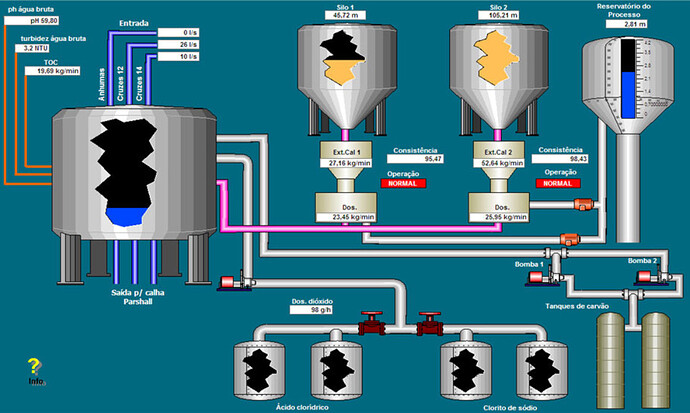Since SCADA systems are designed for reliability, availability, and data integrity, extra consideration must be given to confidentiality and authentication.
Other issues to consider include protocols employed, types of interfaces required, hardware configuration, and budget.
Some questions to answer include:
- What degree of reliability is required?
- What degree of availability is required?
- What degree of data integrity is required?
- What degree of confidentiality is required?
- What overhead and latency in transmission is acceptable?
- What is the environment the communications links must traverse?
The communication requirements are of particular importance to the analysis of security of these systems.
SCADA communication Protocols
Some of the protocols used in SCADA communication are
IEC 60870
IEC 60870 was defined primarily for the telecommunications of electrical system and control information and its data structures are geared to that application. It is the favored standard in the United States for electrical power grid SCADA systems, but is not as popular in Europe.
DNP3
The second protocol specifically designed for SCADA communications is the Distributed Network protocol Version 3 (DNP3). Also created for the electrical industry, it has been adapted by other industry sectors and is the leading protocol employed in Europe for most SCADA applications.
HDLC
Several other SCADA standards exist, primarily High Level Data Link Control (HDLC) and Modbus. HDLC, defined by ISO for point-to-point and multi-point links, is also known as Synchronous Data Link Control (SDLC) and Advanced Data Communication Control Procedure (ADCCP).
It is a bit-based protocol, the precursor to Ethernet, and is rapidly being replaced by DNP3, Industrial Ethernet2, and TCP/IP.
Modbus
Modbus is a relatively slow protocol that does not define interfaces, thus allowing users to choose between EIA-232, EIA-422, EIA-485 or 20mA current loop.
While slow, it is widely accepted and has become a de-facto standard–a recent survey indicated that 40% of industrial communication applications use Modbus.
Profibus
Profibus is a German standard that defines three types: Field Message Specification (FMS) for use in general data acquisition systems, Decentralized Peripherals (DP) for use when fast communication is required, and Process Automation (-PA) for use when highly reliable and safe communication is required.
Foundation Fieldbus
Foundation Fieldbus is an extension to the 4-20mA standard to take advantage of digital technologies.
UCA The Utility Communications Architecture
UCA is a new initiative from the Electric Power Research Institute (EPRI) designed for the electrical industry. It is more than just a protocol definition; it is a comprehensive set of standards designed to allow “plug and play” integration into systems, allowing manufacturers to design off-the-shelf compliant devices.
IEEE assumed the UCA standards process in 1999 and has developed extensions for the water industry. Other industries are also examining UCA for suitability.
Author: Arjun Venkatraman
